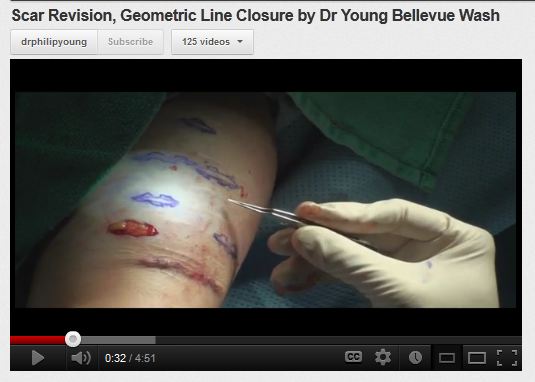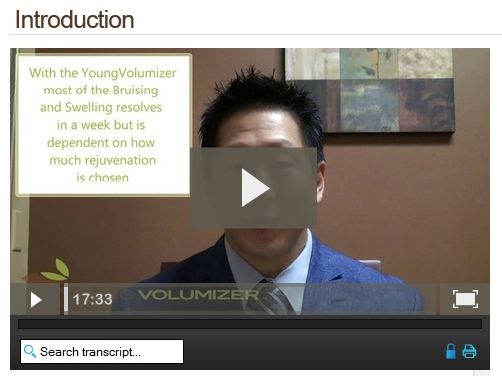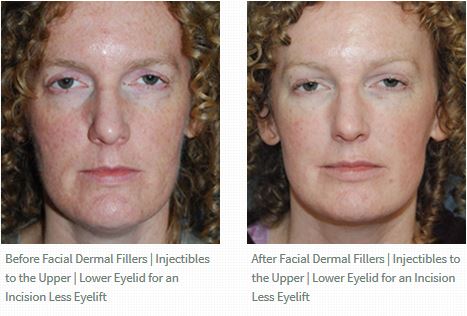Fillers (Dr Young from Aesthetic Facial Plastic Surgery, PLLC in Bellevue, WA) are products that are used to volumize your face. As you age, you lose volume in your face and these fillers replace this volume. The most common fillers include restylane, radiesse, juvederm, and perlane. These are the top four products being used. So what are some of the things you should be thinking about with filler. Well to begin with you should not be allergic to any of the products including hyaluronic acid, calcium hydroxyapatite, carboxymethocellulose, gram positive bacteria especially streptococcus, lidocaine or amide type local anesthetics, or a history of multiple allergies or severe reactions to certain medications. I usually tell people to refrain from high dose vitamin E, herbal medications, supplements, fish oils, omega 3’s, anti-inflammatories (naproxen, aleve, ibuprofen, advil, indomethacin, motrin, excedrin, piroxicam, sulindac, etc.), aspirin 2 weeks before and after the procedure included with this list are some obvious ones like warfarin, coumadin, heparin, lovenox, plavix. Here is a more formal list of medications to avoid from our website. I do this because these elements / medications can cause bleeding and if you avoid these during this time frame you can avoid extra bruising and swelling. Arnica and bromelein have shown some benefits but are still being studied and are not a standard in treatment for plastic surgeons so I don’t really recommend it. This pre filler care will help with the post care. You should discuss during your consultation the risks and benefits of the use of restylane. During the filler you will have some choices for the type of anesthesia you can get for the filler injections. Now most fillers have lidocaine in the preparation to make it more tolerable. These are the options:
1. Use ice then inject. Can work but by numbing the area with the ice. With the local in the filler, you may feel it go in initially with each stick in any new area. But subsequent injections will be more numb with the anesthesia in the filler itself
2. Use topical anesthesia first and then inject. This is a good option. The topical makes the skin numb, you may feel the injection go into the deeper layers. But like ice, it will feel like a stick in the new area and then get better with subsequent injections.
3. Local anesthesia and regional anesthesia, so called “dental blocks” to numb the nerves that innervate specific regions. This is the best way to make it so that you don’t feel anything. For some it is over doing the anesthesia. Sometimes, people who get anxious can get reactions to the local anesthesia and you can get an anxiety situation where your heart rate goes up as well as your blood pressure. This happens about 1 out of 25o times a filler gets done with local / regional anesthesia.
After the filler, you should ice the area especially for the first 48 hours. I usually suggest 10 minutes for every hour. I also stress that you should not have the ice directly on the skin but have a barrier to prevent damage to your skin. This icing will keep the swelling down and also the bruising to a degree.
For the first two weeks, I usually suggest people to massage the area of the filler if there are certain areas that are more elevated and pronounced than the other areas. Most of this uneveness if it is present will be improved with this. When the filler is in the lower eyelid area, you need to pull down the swelling over the bone and then massage it from there to effect it. After the first two weeks, I then suggest to consider more massage if the elevations are subtle and if large then you can consider enzyme injections or hyaluronidase injections which are very potent in reducing unwanted swelling from filler. Now with radiesse there is no enzyme that will do the same and you have to just massage the area to make it go down to a point that you like.
If you have any questions you can always email me or ask me through this blog
Thanks for reading, Dr Young
Dr Young specializes in Facial Plastic and Reconstructive Surgery and is located in Bellevue near Seattle, Washington


